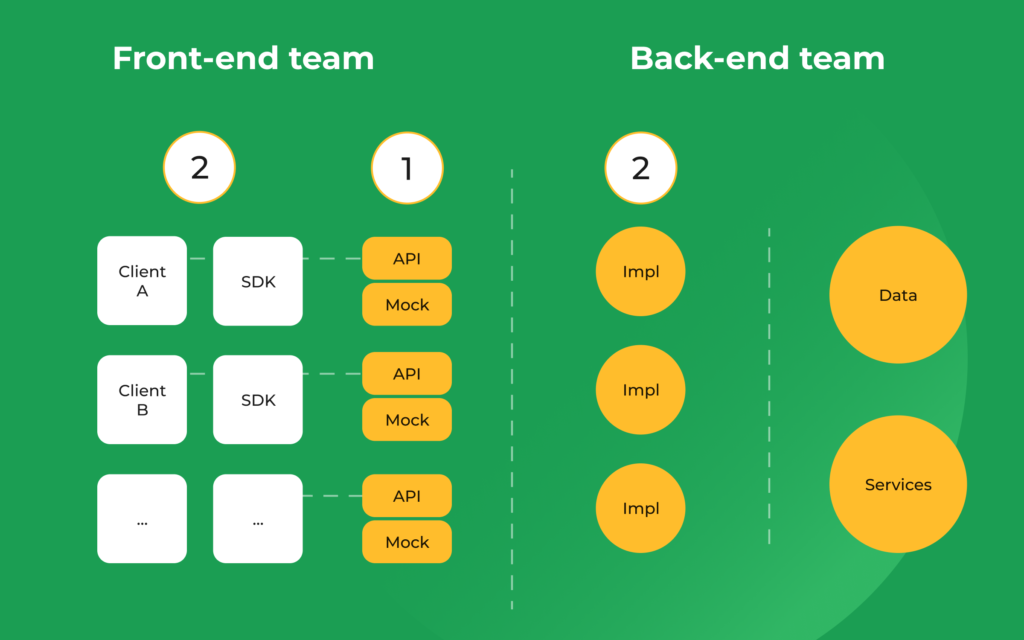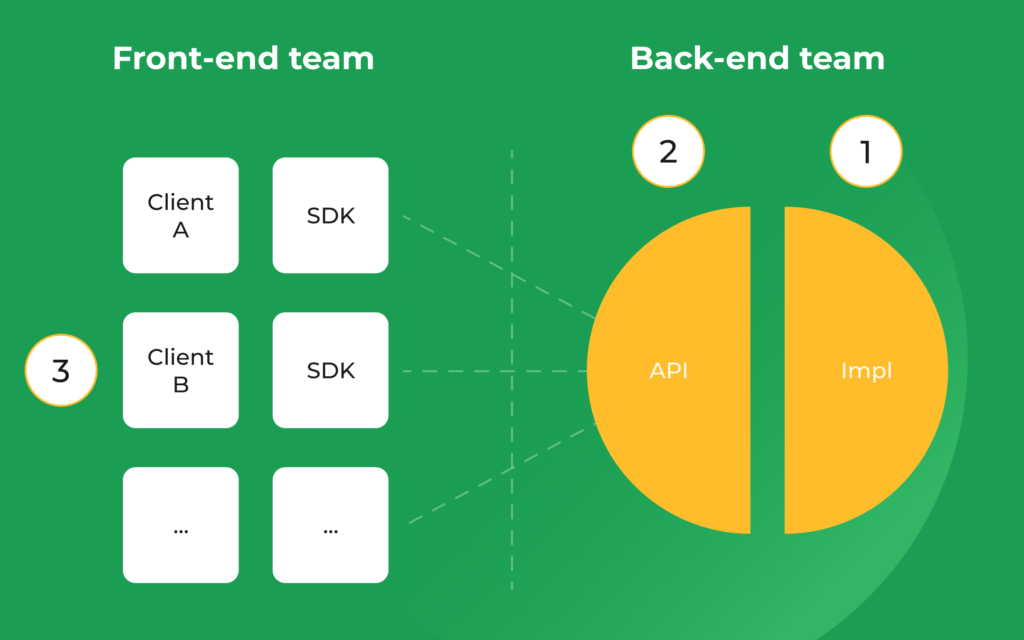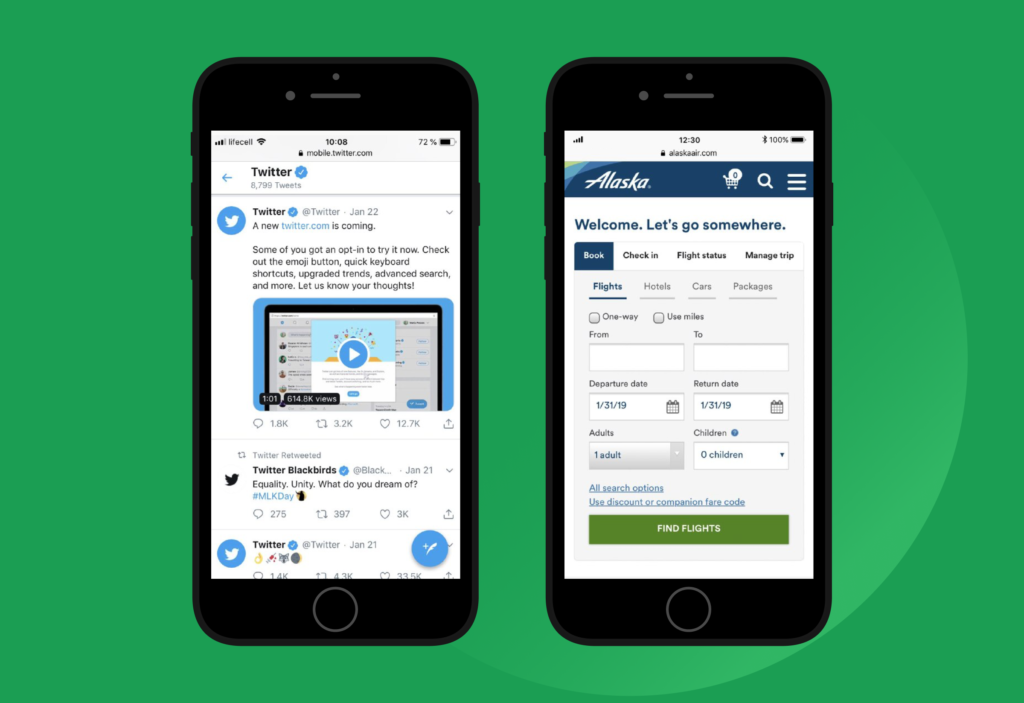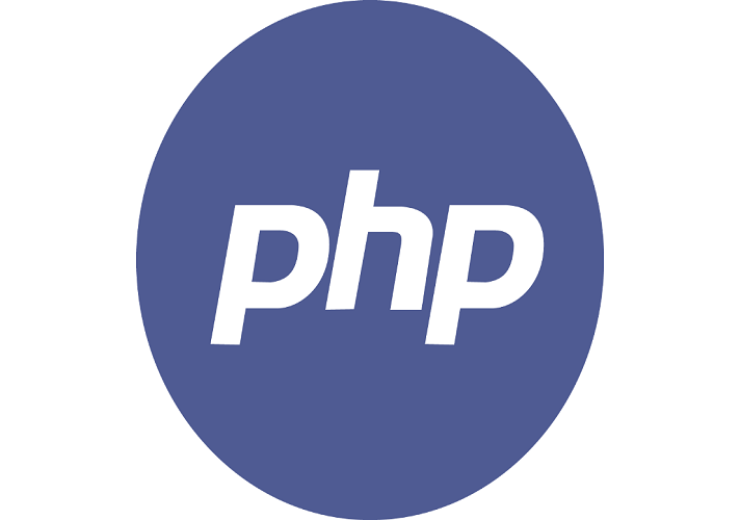The Most Essential Web Development Trends: Motion UI, Chatbots, and More

The tendencies of web development alter almost annually, and each decision-maker should stay up to date concerning these trends. It helps the deciding authorities survive a competitive struggle, engage more customers, and refine their knowledge in the particular business sector.
We evaluated market needs in several domains of the IT business and compiled this list to provide you with a focused piece of information on web development tendencies in 2021.
8. Motion UI
Every product attempts to be as appealing and engaging as possible to provide customers with the best user experience. An attractive interface is an essential part of each application (as well as the website). The Motion UI tool is a great way to draw in users with attractive animations. Its library is capable of gracefully animating design elements and allowing developers to play around with them as they choose.

Motion User Interface (UI) capabilities sample
You can hire JavaScript developers, and they’ll match Motion AI with any JS framework, proving its versatility for a variety of scenarios. Some of such scenarios are the following: greeting new customers (by sending an attractively designed welcoming message), confirming the non-reversible site activities (and attracting users’ attention for them not to make an error in a choice), adding funny elements (to make the site display more pleasant to use) or upgrading a content.
7. Chatbots
A substantial number of businesses operate in various time zones and have offices in different regions or continents. This complicates decent customer service and increases the operating costs, especially given the necessity for 24-hour help in this scenario.
Web development trends have moved towards automated day-and-night client support. For this goal, chatbots powered by AI and machine learning have shown to be a worthwhile long-term investment. They can reply to frequently asked questions, connect with the appropriate human client assistant, or take orders. Customers can also use chatbots to get quick responses in case of an emergency, resolve a complaint, and so on.
According to Gartner’s study, 70% of companies will create their own business bot. It’s not surprising due to the set of the above indisputable chatbot benefits. So, how to build it and obtain all the advantages? You should perform different operations, including a bot building type choice (rule-based or the AI one), thinking out the bot architecture and integration possibility with external platforms, using bot building technologies like Dialogflow, Microsoft Bot Framework, or Facebook Bot Engine, etc.
6. Push Notifications
Push notifications are personalized messages that can be used in web apps to convey various types of information to final users (e.g., new blog posts, articles you liked back in stock, etc.). They are available without the need to register or leave credentials such as an email address.
If you build-in push notifications in your web solution, new communication ways with the target audience (as well as additional marketing chances) would be available. Undeniable fact: delivering push notifications to mobile apps can increase app engagement by up to 88%, and 65% of users return to the app within 30 days in case the push notifications are enabled.
Such technologies as ZoPush, OneSignal, PushEngage, or PushCrew would be practical tools to implement push notifications into your app. Companies like PetFlow, Sivvi, or SportsCafe have already done it and boosted their sales a lot.
A tip to consider: applying push notifications, use such a technology moderately and provide your customers with an option to switch notifications off.
5. API-First Approach
Given the growing number of devices that need to communicate with one another, web solutions must be well-prepared for integration with other applications. This is where the API-first development approach originates from. Such a building tendency is in marked contrast to the traditional one, and we’re going to explain why.

The traditional method of software development demonstration
Traditional building workflow is characterized by the company’s main focus on building a web or mobile product rather than API. Moreover, the team performs their work sequentially (R&D staff prepares a product interface, the prototypes are also prepared, and the rest of the team members are waiting, then QA engineers and front-end devs can continue, etc). In case of a bug, all the processes would be repeated.

API-first building approach illustration
API-first building approach supposes that API is already built and the development workflow is simultaneous. Building-in API-first approach to your development workflow, you can use such tools as API Blueprint or Swagger.
4. Voice Search Optimization
Another building trend that can’t be ignored is voice search, which has gained its popularity: according to Gartner, by 2021 year-end, nearly 30% of all searches will be conducted without the use of a screen, not to mention the growing number of smart speakers year after year.
As a result, voice commerce sales are predicted to significantly increase, gaining $5 billion in the United Kingdom and $40 billion in the United States by 2022.
Early adopters are always one step ahead of the pack: so, voice search optimization should be incorporated into your technical and SEO strategy as soon as possible. To make your app recognize voices, reply to questions and make a speech synthesis, use Web Speech API, a powerful instrument for working with voice information.
To optimize a voice search in your app, you should follow many rules, including:
- Defining key questions
- Simplifying keywords and making them clearly understood
- Regarding idioms, speech patterns, or local words while working with voice data
- Trying to forecast customers’ queries and replying to them, etc
3. Responsive Websites
Such a technology is relatively old compared to AMP or PWA; however, it is also widely used. Years ago, it was a nice-to-have feature; now, it’s a requirement. Why?
Mobile devices are more prevalent in use than all others. In this regard, Google intends to implement mobile-first indexing, which means the ranking of a website will be determined by how effectively it is adapted for mobile devices.
A couple of world-known examples of responsive web design implementation for you to be inspired. The New York Times site is like a typical newspaper, but the number of columns may vary due to the device of the customer. Amazon, as one of the global e-commerce leaders, has also cared about its website adaptability to different customers’ gadgets.
2. Accelerated Mobile Pages (AMPs)
AMPs from Google are another way to improve the mobile browsing experience. This technology was intended to stimulate the creation of websites that are loaded quickly and function well on mobile devices. AMP pages take roughly 2 seconds compared to non-AMP ones that need about 22 seconds to load.

Accelerated mobile pages (AMPs) versus non-AMP landing pages
If you decide to create accelerated mobile pages, apply to a special AMP HTML open framework. You can quickly and easily learn how to use it, as Google has cared about all the necessary documentation and tutorials for a smooth building process. Keep in mind that your website equipped with AMPs will have obtained additional bonuses such as visibility and higher rankings in search results (which is effective for SEO) because Google favors websites that can be loaded quickly.
Different world-known retail businesses (like Campmor, eBay, or Eventbrite) added AMPs to their websites. Accelerated mobile page implementation to the Campmor site, for example, has led to a 28% boost in per-order revenue and a 20% decrease in bounce rate.
1. Progressive Web Applications (PWAs)
Various industrial stats prove that mobile gadgets are more popular than all others, so people desperately need to use mobile devices with comfort. Progressive web apps can help here: with their optimal performance, they help to improve UX, speeding up site performance, customizing UI, and offering offline access.
What is PWA? It’s a website that contains not just the site functionality but one earlier available only for native apps (e.g., offline and hardware access, push notifications, etc.).

Famous progressive web app samples: Twitter and Alaska Airlines
Due to its effectiveness, world-famous companies like Twitter, Washington Post, Forbes, or Alibaba have already adopted PWAs for their businesses and obtained favorable results (such as conversion growth and loading time reduction). Tinder, Pinterest, YouTube Music, and Trivago Hotel Booking are other well-known PWA examples loved by users.
If you also want to create PWA for your company to gain such an effect, you need to use widely known technologies like React, Angular, or Polymer. Progressive web apps need less development time than native solutions for Android or iOS; however, the PWA building time may differ according to the complexity of the tasks.
Wrapping Up
We overviewed web development trends the most common for 2021. If you want to obtain a more broad picture of what is happening on the web market, the skillful software development team can assist you. The specialists will consult you as to the most annoying business questions, choose the latest web technologies fitting your business and help you build a product that would be modern, flexible, and competitive on the market.




